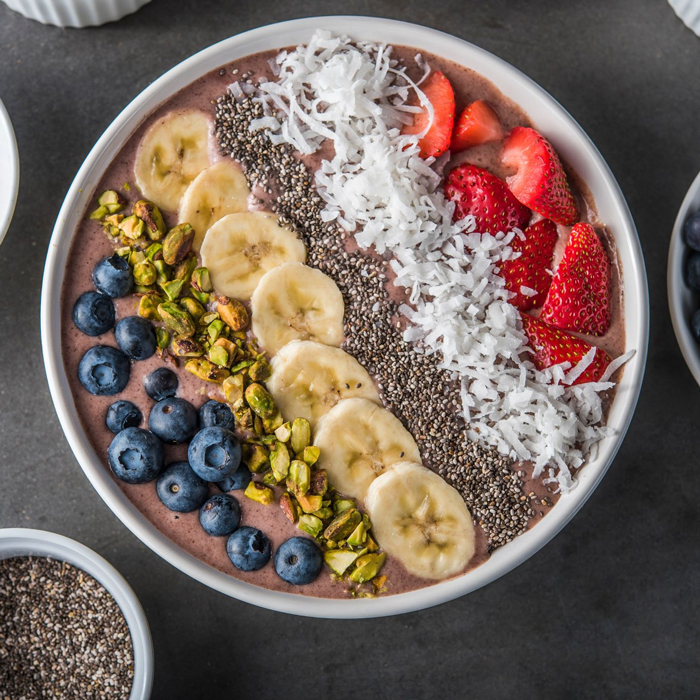Orthodontic Care



General Orthodontic Care
Congratulations on completing your treatment! From all of us at Wilkinson Orthodontics we do hope you enjoy your amazing new smile for life! As you can see in the mirror, your new braces consists of wires and brackets which means extra nooks and crannies that need attention as they can trap food and plaque which pose a bit more risk of tooth decay and gum problems. Not to worry though, simply pay attention to what your Doctor advises and please do call in if you have any questions at all. Here are just some basic Orthodontic care tips and tricks. Should you experience any discomfort, pain or have any questions please call us immediately.
Eating With
Your New Braces
When you are wearing braces you will need to pay extra attention to your diet / the food you chew. Foods that can potentially break or pull the brackets off your teeth must be avoided – such as hard, sticky and crunchy foods. It is also important to limit the amount of sugar intake in your diet, as sugar can get in and around the brackets and cause cavities. To see a breakdown of foods to be aware of during your Orthodontic treatment, please visit our Orthodontic Nutrition Page.

Brushing With Braces
A lot of people ask if it’s ok to brush your teeth while wearing braces. The answer is yes and we do recommend you clean and brush your teeth several times a day as it is important to remove all trapped food and plaque from tooth surfaces.
[ 01 ]
If your Orthodontist has fitted you with elastics, remove them before brushing.
[ 02 ]
Using a fluoride toothpaste and a small soft toothbrush, place your brush at a 45° angle against the gums. Using a small circular motion, gently brush along the gum line where the gums and teeth meet.
[ 03 ]
Spend approximately 10-15 seconds on each tooth before moving onto the next.
[ 04 ]
Gently brush the braces by pressing the toothbrush firmly enough so the bristles spread into the gaps between the wire and tooth. Brush in and around the wires ensuring that you also brush under the wires.
[ 05 ]
In a gentle circular motion brush the inside and outside surfaces of each tooth. For the top bite surfaces, use a firm back and forth motion
[ 06 ]
Spit out excess toothpaste and closely inspect your teeth and braces in the mirror to check they are clean and shiny. (Don’t forget to replace your elastics)
[ 07 ]
Because braces come in unique sizes and shapes for different people, if your Orthodontist or Dental Hygienist has given you specific instructions, always follow their instructions.
Flossing With Braces
Floss Floss Floss!
Flossing while wearing braces can feel a bit annoying, but it’s a crucial step in your oral hygiene routine that shouldn’t be ignored. Flossing helps to remove any plaque buildup, as well as any small food particles that are stuck in your braces or between your teeth. If you find it tricky to floss with flossing tape, try using threaders for braces or interdental brushes. You can buy these at any Coles & Woolies or at your local chemist.
Should You Floss Or Brush First?
We recommend you brush your teeth thoroughly before flossing, then for good measure brush again to get rid of the excess. The reason why is that food and plaque can get caught between the brackets, wires and teeth, therefore good brushing technique sho
Even at the best of times flossing can be tricky. We’ve all been a little too over eager and caused our gums to bleed. The good news is that the more frequently you floss, the healthier your teeth and gums will be and the less likely it is that you will experience any pain and discomfort. If it is your first time, go slow and be careful and you should be fine. If pain persists make sure you speak to your Orthodontist, call our team on (07) 5573 6535
Ideally, you would floss and rinse your mouth after every meal so that your teeth and breath remain fresh. We know this isn’t always possible, so as long as you floss at least once a day your teeth (and your orthodontist!) will be happy.
If you have a hard time flossing with string or tape, there are other methods to help keep the teeth and gums clean, such as interdental toothbrushes. These small brushes have been designed to get into small spaces including around brackets and the gaps between teeth and can be particularly helpful when undergoing braces treatment.
Trying to decide between traditional floss and a new waterpik? We recommend sticking with floss during your treatment. While waterpiks can be great at getting large pieces of food out of your braces, they aren’t great at targeting the plaque build up that leads to tooth discolouration. When it comes to your daily routine, make sure you’re being thorough to look after your teeth and gums properly.
We know that flossing isn’t as quick as you would like – particularly when your appliance gets in the way. You might find that waxed floss, a floss threader or even and interdental toothbrush makes it faster and easier to get the job done. As long as you’re being thorough and careful it really doesn’t matter what method you choose.
Call us on (07) 5573 6535 and ask your oral health therapist/hygienist to demonstrate the proper technique at your next appointment. They may also direct you to the best products or techniques to peoperly care for your smile.
Helensvale
(07) 5573 6535
195 Discovery Drive, Helensvale, QLD 4212
Benowa
(07) 5597 3400
Level 1, 216 Ashmore Road, Benowa, QLD 4217
GOT A QUESTION?
ENQUIRE ABOUT YOUR AFTERCARE
*You can also call us directly on (07) 5573 6535 for breakages and/or emergency bookings.

